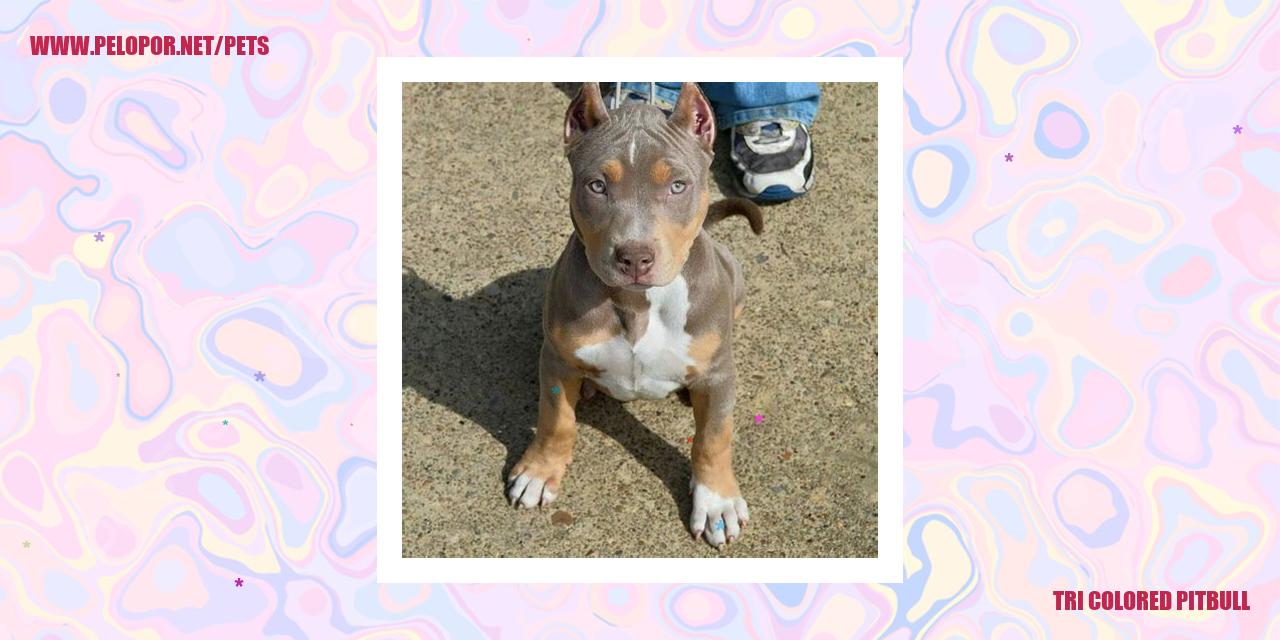Tri Colored Pitbull
Discover the captivating beauty of tri colored Pitbulls. These dogs boast a combination of three distinct coat colors, making them truly stand out. Le
tri colored pitbull

Tri Color Pitbulls
All About Tri Color Pitbulls: Coat Colors, Physical Characteristics, Temperament and Personality, Care and Training
Coat Colors
Tri color Pitbulls, also referred to as tricolored American Pit Bull Terriers, showcase three prominent hues on their fur. These hues can differ and may comprise a mix of black, white, brown, tan, brindle, or other Pitbull color variations. The distinct patterns and distribution of these colors contribute to the individuality and striking appearance of each tri color Pitbull.
Physical Characteristics
Tri color Pitbulls possess the same physical attributes as other Pitbulls. They are robust and agile dogs with a sturdy yet compact physique. Their head is wide, and their jaws are powerful. The ears can be cropped or left natural, and the eyes are round and expressive. Tri color Pitbulls typically have a short, sleek coat that requires minimal grooming.
Temperament and Personality
Tri color Pitbulls are renowned for their loyalty, intelligence, and affectionate demeanor. They are loving and devoted, forming deep connections with their owners and families. Despite their occasionally intimidating appearance, Pitbulls are generally amiable and sociable dogs when appropriately trained and socialized from a young age. They can make excellent family pets and often get along well with children when raised together.
Care and Training
Similar to any other dog breed, tri color Pitbulls require proper care and training for optimal thriving. Regular exercise is crucial to keep them physically and mentally stimulated. This can include daily walks, playtime, and engaging activities. Pitbulls are intelligent and respond well to positive reinforcement training methods. Socializing them with other dogs and individuals is essential to ensure their well-rounded and friendly behavior in various settings. Additionally, routine veterinary check-ups, a well-balanced diet, and regular grooming are necessary for their overall well-being.
